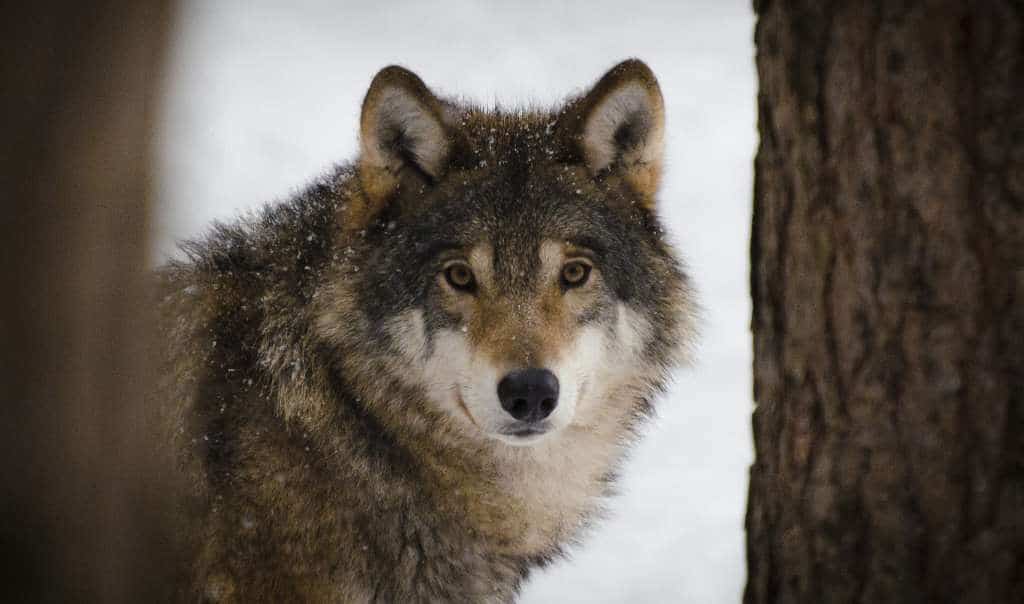
A new study from a well-known wolf researcher has provided improved understanding of how wolves and moose affect each other’s survival and numbers.
Dr. David Mech has studied wolves and their ecosystems since 1958 and is currently a senior researcher with the U.S. Geological Survey and a professor at the University of Minnesota. He and his colleagues found that when the wolf population is high, the percentage of moose calves which survive their first year drops precipitously, according to the Duluth News Tribune.
The data add to the science initiated several years ago in response to dwindling moose numbers. Other research has shown how a growing herd of whitetail deer in the region is transmitting more fatal parasites to moose, how warmer temperatures due to climate change are stressing the animals, and how they are being hurt by habitat loss.
Dynamic relationship
Scientists have been trying to understand how these factors affect the wolf-moose relationship. As the wolf population in northeastern Minnesota increased from 2001 to 2009, it was paralleled by the region’s moose going from almost 9,000 in 2006 to fewer than 4,000 today.
The recent report, co-authored by Dr. Shannon Michelle Barber-Meyer, a USGS researcher based in Ely, found that not only do wolves affect calf survival, with more wolves meaning fewer calves, but declines in moose have been followed by declines in wolves. The populations have fluctuated over the past several decades.
“We do not claim that wolf numbers only influence moose population during declines nor that wolves are the only factor affecting moose numbers,” the study says.
The findings were published this month in the journal Wildlife Society Bulletin.
References:
- Mech, L. D., Fieberg, J. and Barber-Meyer, S. (2018), An historical overview and update of wolf–moose interactions in northeastern Minnesota. Wildl. Soc. Bull. doi:10.1002/wsb.844
- New study links wolf numbers to moose calf survival, John Myers, Duluth News Tribune, Jan. 29, 2018

